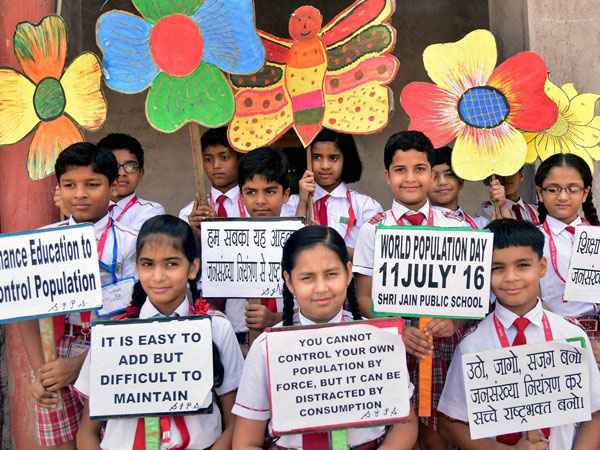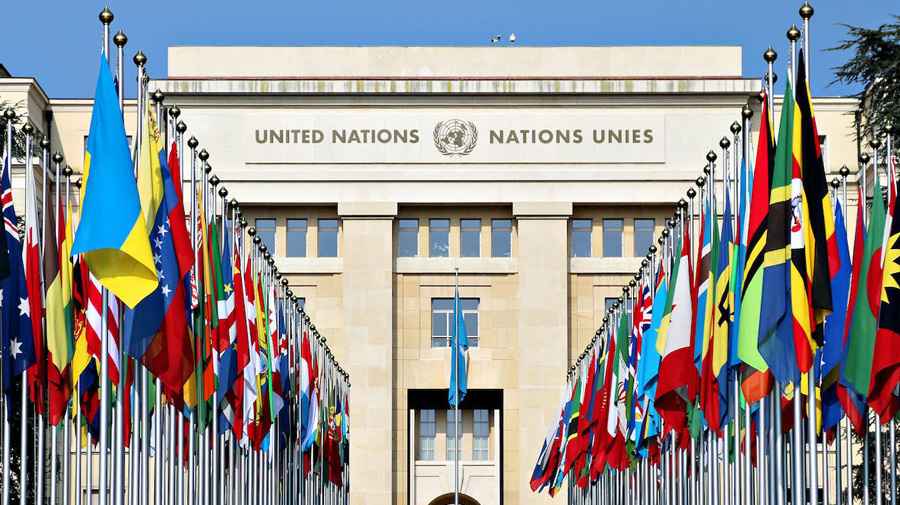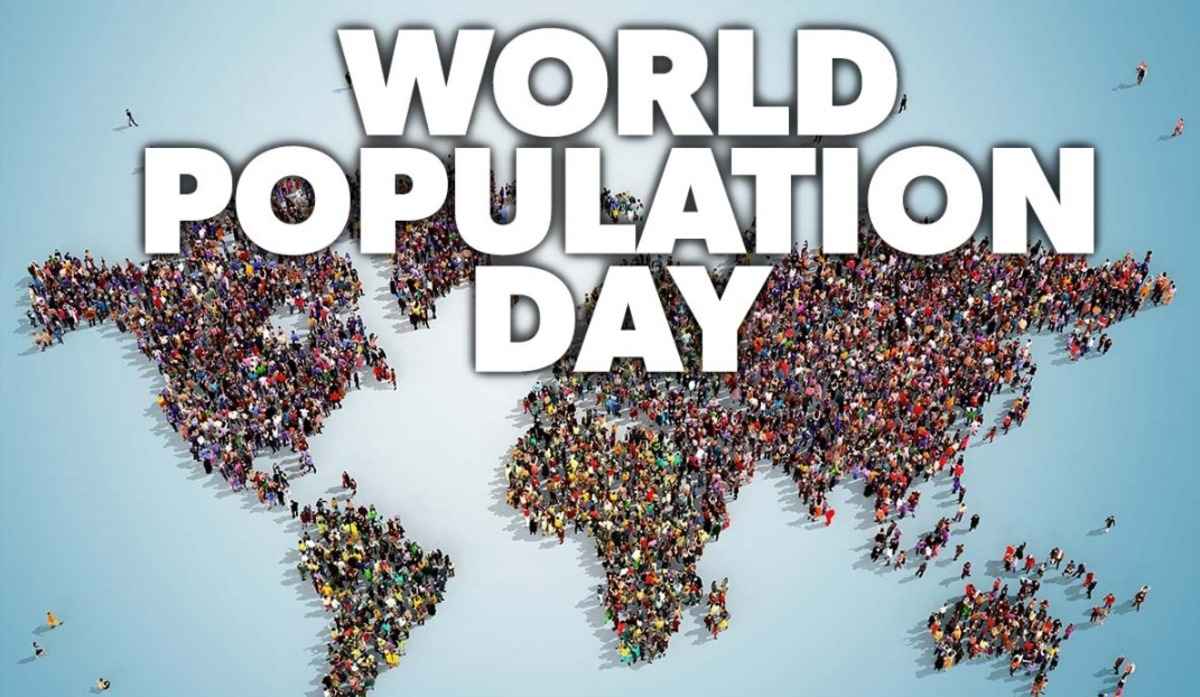Every year on July 11, the world observes World Population Day, a day dedicated to raising awareness about global population issues. Initiated by the United Nations Development Programme (UNDP) in 1989, this observance is a call to action for governments, civil society, and individuals to address population-related challenges that affect economic development, human rights, environmental sustainability, and global health.
Historical Background of World Population Day
The origins of World Population Day can be traced back to July 11, 1987, when the world population reached an unprecedented 5 billion. This event, dubbed “Five Billion Day,” drew significant attention from global leaders, scientists, and demographers. In response, the UNDP established World Population Day in 1989 to highlight the urgency and importance of population issues.
Since then, the day has served as a platform for discussions around pressing concerns such as overpopulation, reproductive health, gender equality, family planning, urbanization, and the demographic dividend.
Why Population Matters: The Core Issues
1. Overpopulation and Resource Strain
Overpopulation leads to a heavy demand on resources such as food, water, energy, and land. Countries with high population densities often face issues like water scarcity, deforestation, air and water pollution, and inadequate housing. This strain exacerbates poverty and can make it difficult to achieve sustainable development goals.
2. Climate Change and Environmental Degradation
There is a direct correlation between population growth and climate change. More people mean greater consumption of fossil fuels, leading to increased greenhouse gas emissions. Additionally, the expansion of urban areas to accommodate growing populations often results in deforestation and loss of biodiversity.
3. Healthcare and Reproductive Rights
A major concern tied to population growth is the lack of access to quality healthcare, particularly reproductive and maternal health services. In many developing nations, women and young girls still lack access to contraception, family planning education, and prenatal care. World Population Day serves as a reminder of the need to empower women and improve health infrastructure.
4. Urbanization and Infrastructure
With the global population now exceeding 8 billion (as of late 2022), urban areas are expanding rapidly. While urbanization can drive economic growth, unplanned and uncontrolled urban expansion often results in slums, traffic congestion, sanitation issues, and inadequate public services.
Themes of World Population Day Over the Years
Each year, World Population Day adopts a specific theme to highlight a key aspect of population dynamics. Some of the past themes have included:
- 2019: “25 Years of the ICPD: Accelerating the Promise”
- 2020: “Putting the brakes on COVID-19: How to safeguard the health and rights of women and girls now”
- 2022: “A world of 8 billion: Towards a resilient future for all — Harnessing opportunities and ensuring rights and choices for all”
These themes reflect the evolving global priorities, from pandemic recovery to demographic resilience and the rights of women and girls.
The Role of Education in Population Control

Education, particularly female education, plays a critical role in managing population growth. Studies have consistently shown that educated women marry later, have fewer children, and are more likely to access healthcare services. Promoting universal access to education is, therefore, a long-term solution to many of the challenges tied to population issues.
In addition, population education—teaching individuals about demographics, family planning, and sustainability—can help communities make informed decisions.
India’s Population Scenario: A Case Study
India recently surpassed China to become the world’s most populous country, with over 1.4 billion people. While this presents opportunities, such as a large working-age population that can boost the economy (demographic dividend), it also poses major challenges:
- Youth unemployment
- Healthcare infrastructure overload
- Increased pressure on agriculture and rural livelihoods
- Gender imbalance and social inequality
India’s response to these challenges includes promoting awareness through campaigns like Mission Parivar Vikas, investments in maternal health, and expanding digital health initiatives.
Global Efforts and the Role of the United Nations

The United Nations Population Fund (UNFPA) plays a pivotal role in global population advocacy. It supports over 150 countries in areas such as family planning, reproductive health services, gender equality, and demographic research.
The UN’s Sustainable Development Goals (SDGs)—particularly Goal 3 (Good Health and Well-being), Goal 5 (Gender Equality), and Goal 11 (Sustainable Cities and Communities)—are closely aligned with the vision of World Population Day.
What Can Individuals Do?
Population challenges might seem overwhelming, but small actions by individuals can lead to significant impact:
- Educate Yourself and Others: Understanding how population affects every aspect of life—economy, health, environment—is the first step.
- Support Family Planning: Advocate for access to contraceptives and reproductive health services in your community.
- Promote Gender Equality: Empower women through education and employment opportunities.
- Live Sustainably: Consume mindfully, reduce waste, and support green initiatives.
Looking Ahead: Population and the Future
As we look to the future, managing population growth responsibly is essential to building a sustainable, equitable, and healthy world. With global population projected to reach 9.7 billion by 2050, it is crucial that policymakers and citizens alike act now.
This means embracing technology, innovation, and data-driven policymaking while also protecting human rights and the planet’s natural resources. The ultimate goal is not just controlling numbers but ensuring quality of life for all.
Conclusion: A Day to Reflect and Act
World Population Day is more than a symbolic observance—it is a global call to reflect, educate, and act. It emphasizes the importance of viewing population not just as a number, but as a complex, dynamic force shaping our world. Whether it’s fighting climate change, improving healthcare, empowering women, or planning cities, population plays a central role.
Let July 11 be a reminder that the choices we make today will define the world future generations inherit. Through cooperation, compassion, and commitment, we can create a world that balances human needs with the planet’s limits.
FAQ’s:
Q. What is World Population Day?
A: World Population Day is observed every year on July 11 to raise awareness about global population issues such as overpopulation, family planning, gender equality, and access to health services.
Q. Why is World Population Day important?
A: It highlights critical challenges posed by growing populations—like resource depletion, healthcare gaps, poverty, and environmental stress—and encourages policies that support sustainable development and human rights.
Q. Who started World Population Day and when?
A: The United Nations Development Programme (UNDP) established World Population Day in 1989, inspired by the global attention surrounding the “Five Billion Day” on July 11, 1987, when the world population reached 5 billion.
Q. What is the current global population?
A: As of 2025, the global population is over 8 billion and continues to grow, though at a slightly declining rate in some regions due to falling birth rates.



